Project Goals
Provide low cost, easy to build, and rugged components for optimizing agricultural irrigation
- DIY calibrated gypsum soil moisture sensors (Watermark SS200 is also supported)
- Hand held sensor reader (soil moisture, soil/water salinity, water pressure)
- Solar powered remote sensor platform (Vinduino R3)
Options include:- 4 electrically separated inputs for soil moisture sensors
- Wifi (ESP8266) or Globalsat LM-210 LoRa module for long range (6 miles)
- Irrigation valve control, optional pressure sensor for valve operation feedback
- several options for temperature/humidity sensors
- Built in solar battery charger
- Built in real time clock for precise irrigation timing
- Gateway to connect multiple LoRa end nodes to the Internet via Wifi (Vinduino Gateway)
Support the following use cases
- Easy entry/lowest investment/good water efficiency
Walk around manual field measurement of sensors, use data for adjusting irrigation timing - High automation level/low investment and maintenance/best water efficiency
Automated irrigation adjustment with Internet data presentation/control
How does this project save irrigation water?
Using a single soil moisture sensor, you can determine when to start irrigation, but overwatering is hard to avoid. This is illustrated with the animation below. By the time the irrigation water reaches the sensor, the layer above is saturated and likely there is more water than the plant can consume. The surplus water will now seep below the root zone, out of reach of the plant, taking unused nutrients with it as well.

By using multiple sensors, located at different depths, you can actually control irrigation to not exceed the active root zone,
and thus save water. Rather than to irrigate for long periods and have long periods between irrigations, it's better to have short, frequent irrigation events. The plant will be able to take up the irrigation water before it has a chance to reach the level below the active root zone. Sensor 3 should be located lower than most of the active root system. When sensor 3 sees high moisture levels, its a signal to reduce water/increase interval frequency. Sensor depth and watering schedule depends on the type of crop and growth cycle.
For vineyards, irrigation reduction is sometimes practiced in the period before harvest to get highly concentrated wine grape material. The idea is that the best wines come from vines that have suffered water stress.

Sensor interface design considerations
Resistive sensors, like gypsum or Watermark sensors, need to be excited with short pulses of alternating current to avoid electrolysis effects. The Vinduino interface alternates current through the sensor, and two analog inputs are used to measure voltages over the bridge. This compensates for differences in (battery) supply voltage, and also allows to compensate for sensor bias voltage.
A lesser known fact is that sensors can act as small batteries due to a galvanic effect caused by a difference in concentration within the sensor. For details see: concentration cell. This effect happens with gypsum - as well as commercial Watermark sensors, and can severely affect DC bridge measurement accuracy. One solution is to average out by measuring with two analog inputs.
Because the sensors are connected together through a soil resistance path, multi-sensor measurements can only be done when sensors are disconnected when not in use. Vinduino uses regular 2N7000 FETs for this. The handheld reader can measure only one sensor at a time, and therefore can use a simpler interface circuit without FET switches.

The Vinduino project's deliverables:
- How to make and calibrate low cost gypsum sensors
- Vinduino-H, Handheld soil moisture and salinity reader
PCB available: http://oshpark.com/shared_projects/QWzdU5S6 - Irrigation valve control with Arduino
- Digital water pressure meter
- Water pressure data logger
- Vinduino-R3, Networked remote sensor reading stations + Internet connectivity
PCB available: https://oshpark.com/shared_projects/543Yq03N
ESP8266 connection...
 Reinier van der Lee
Reinier van der Lee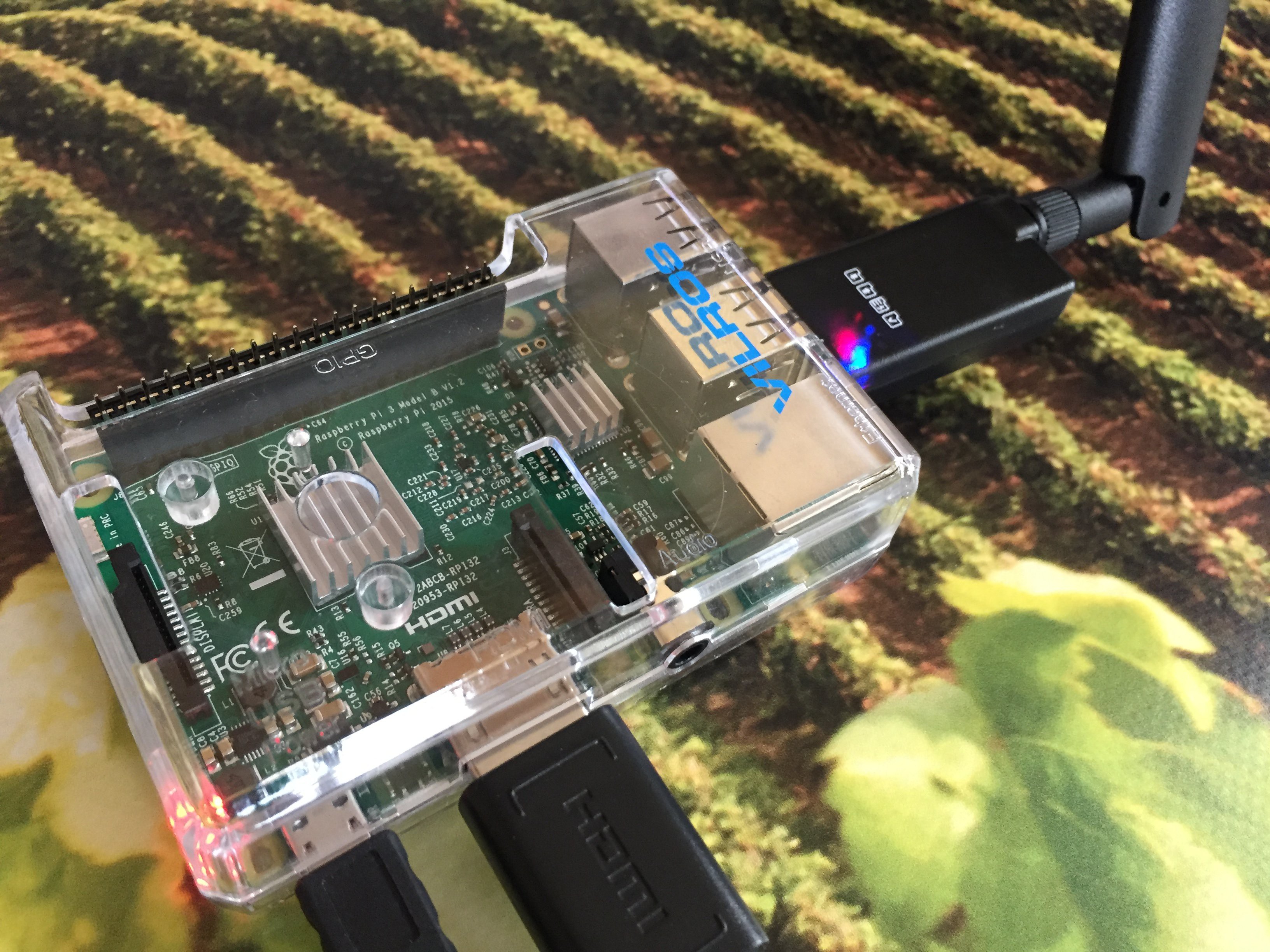
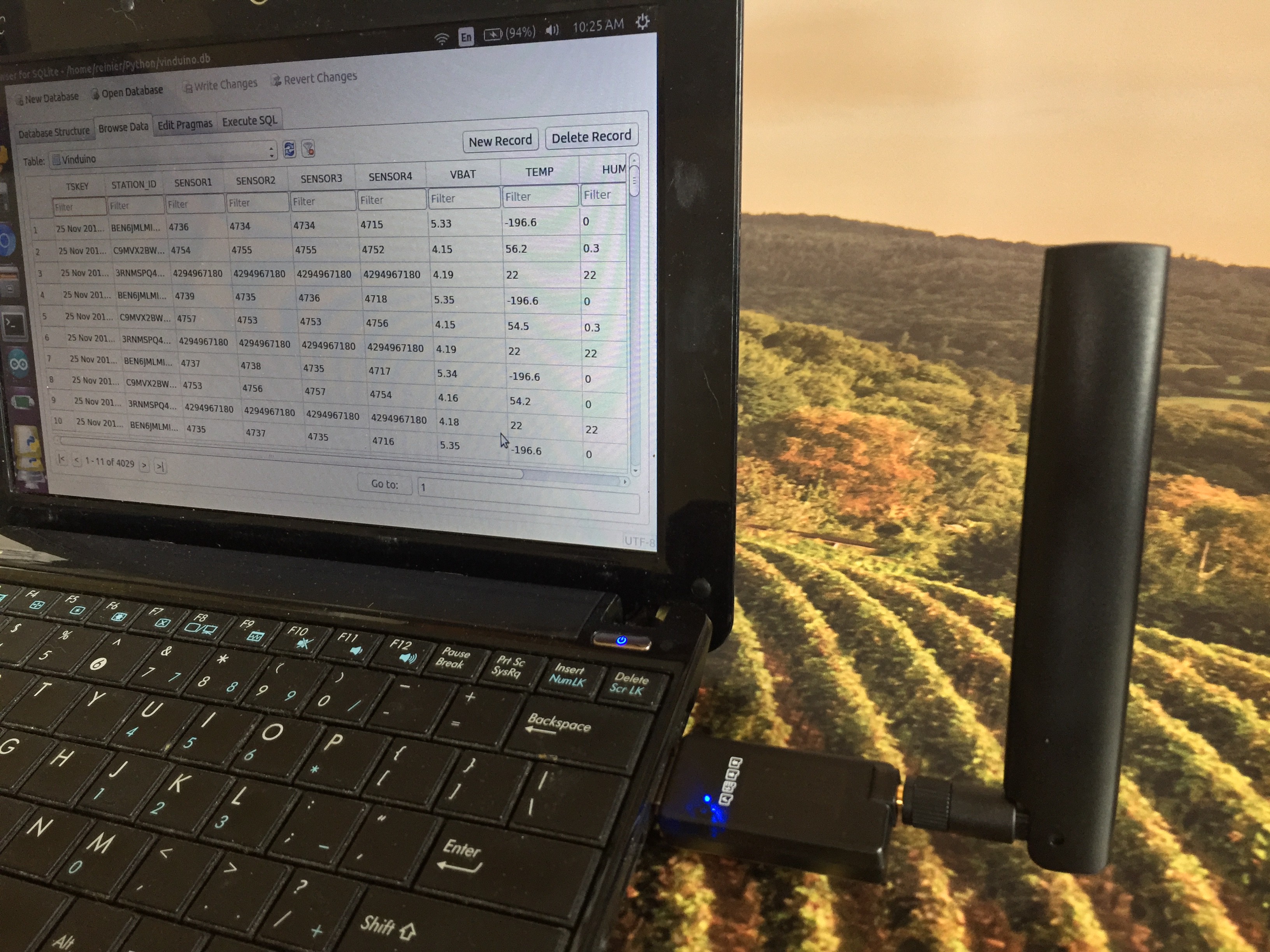
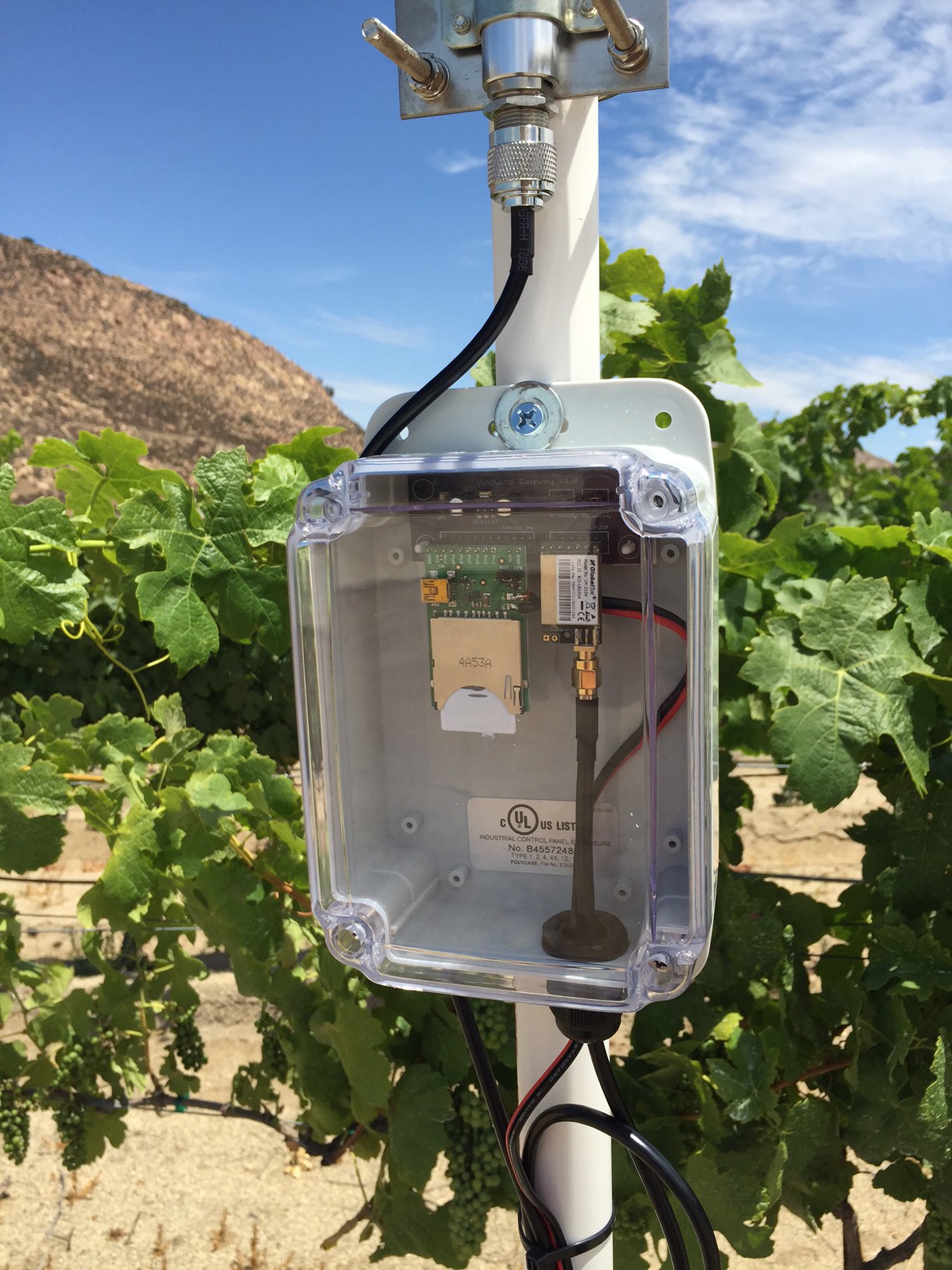
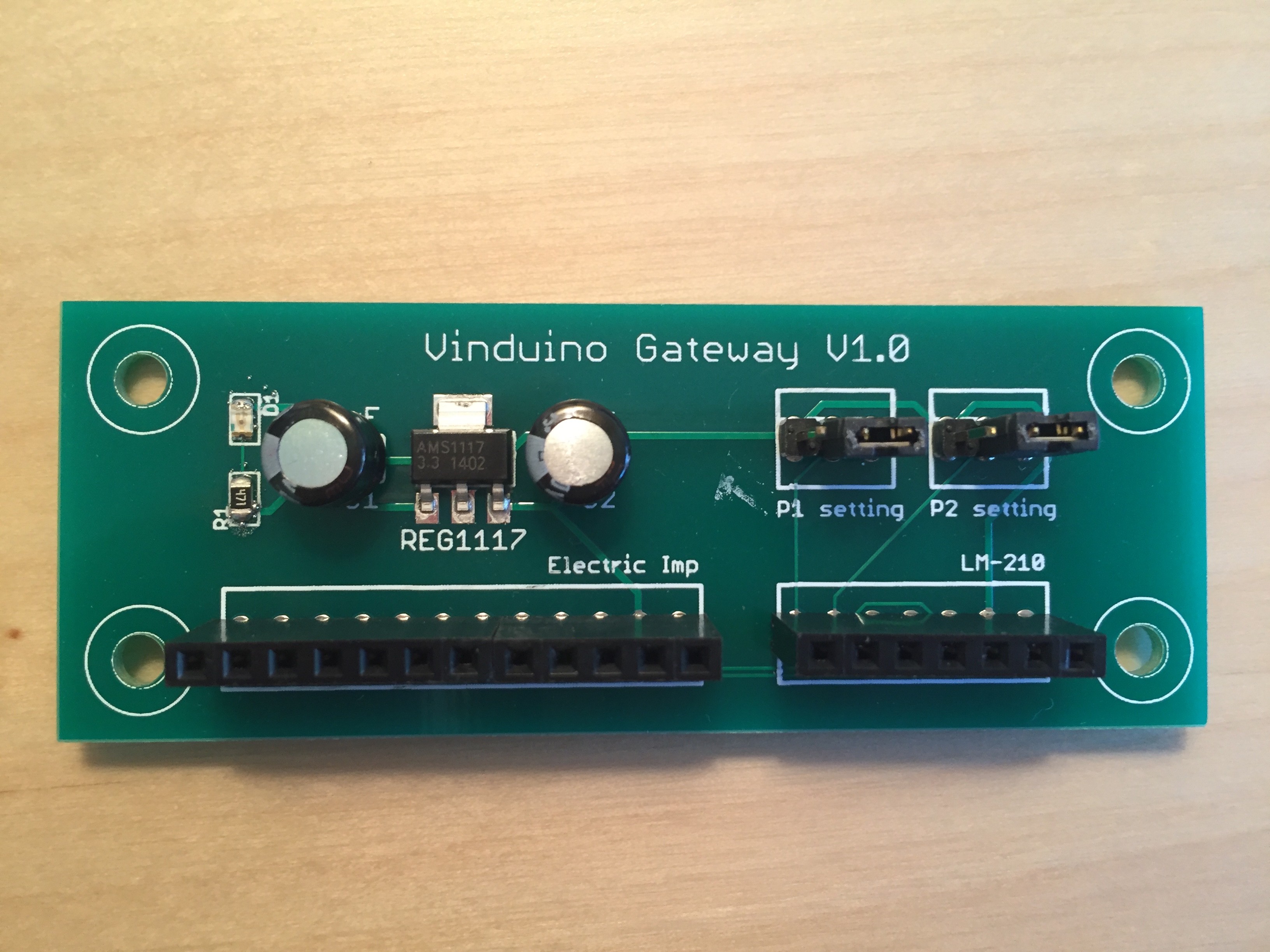
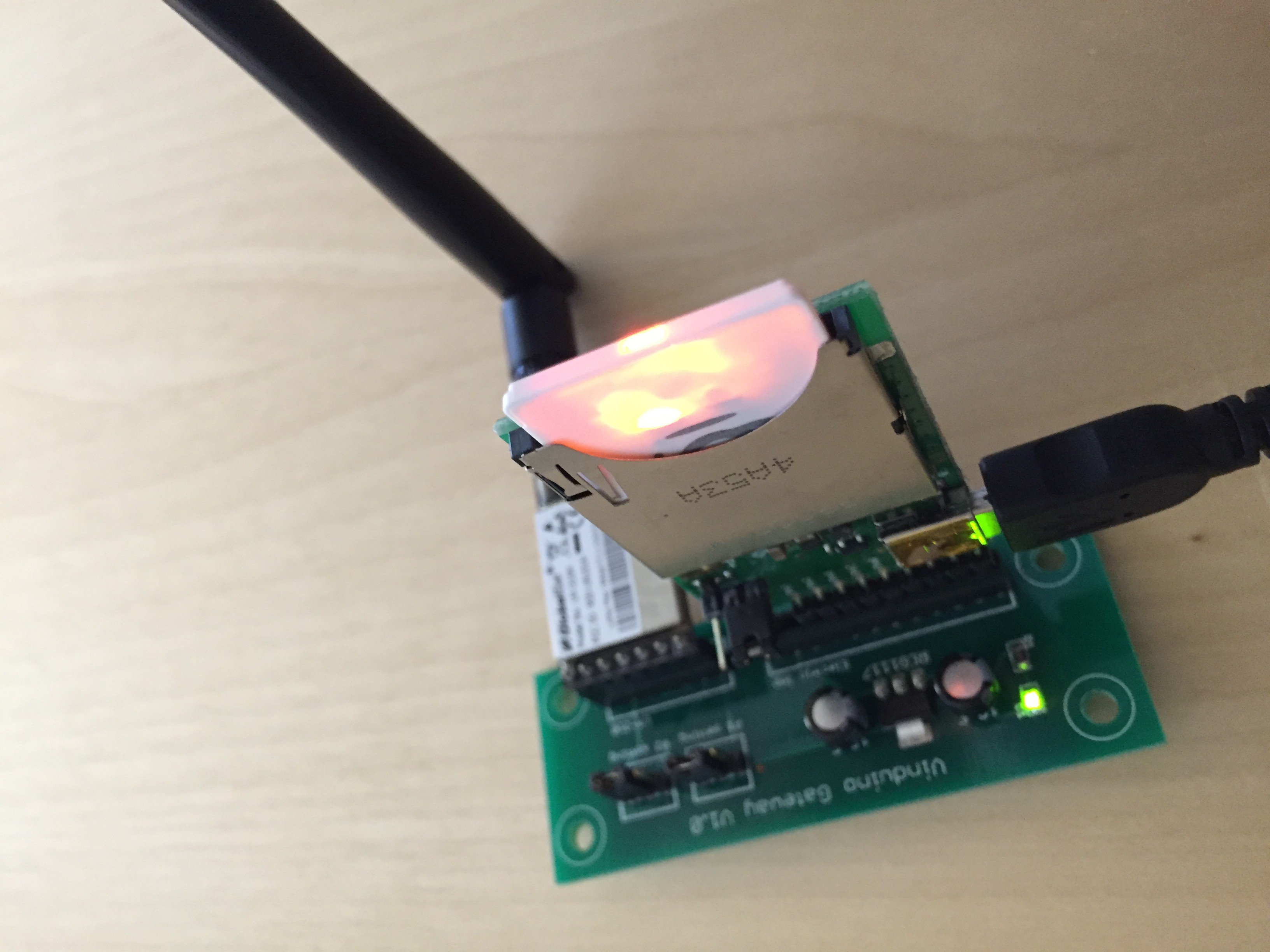
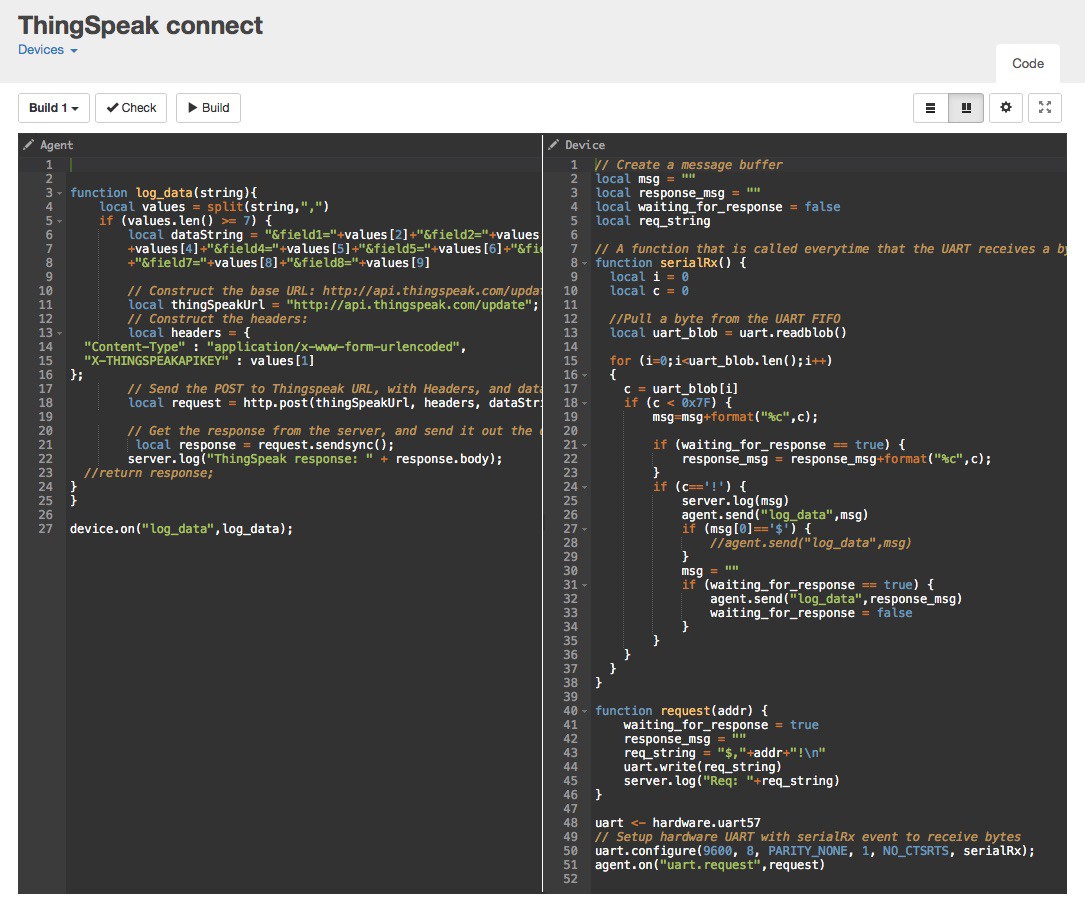

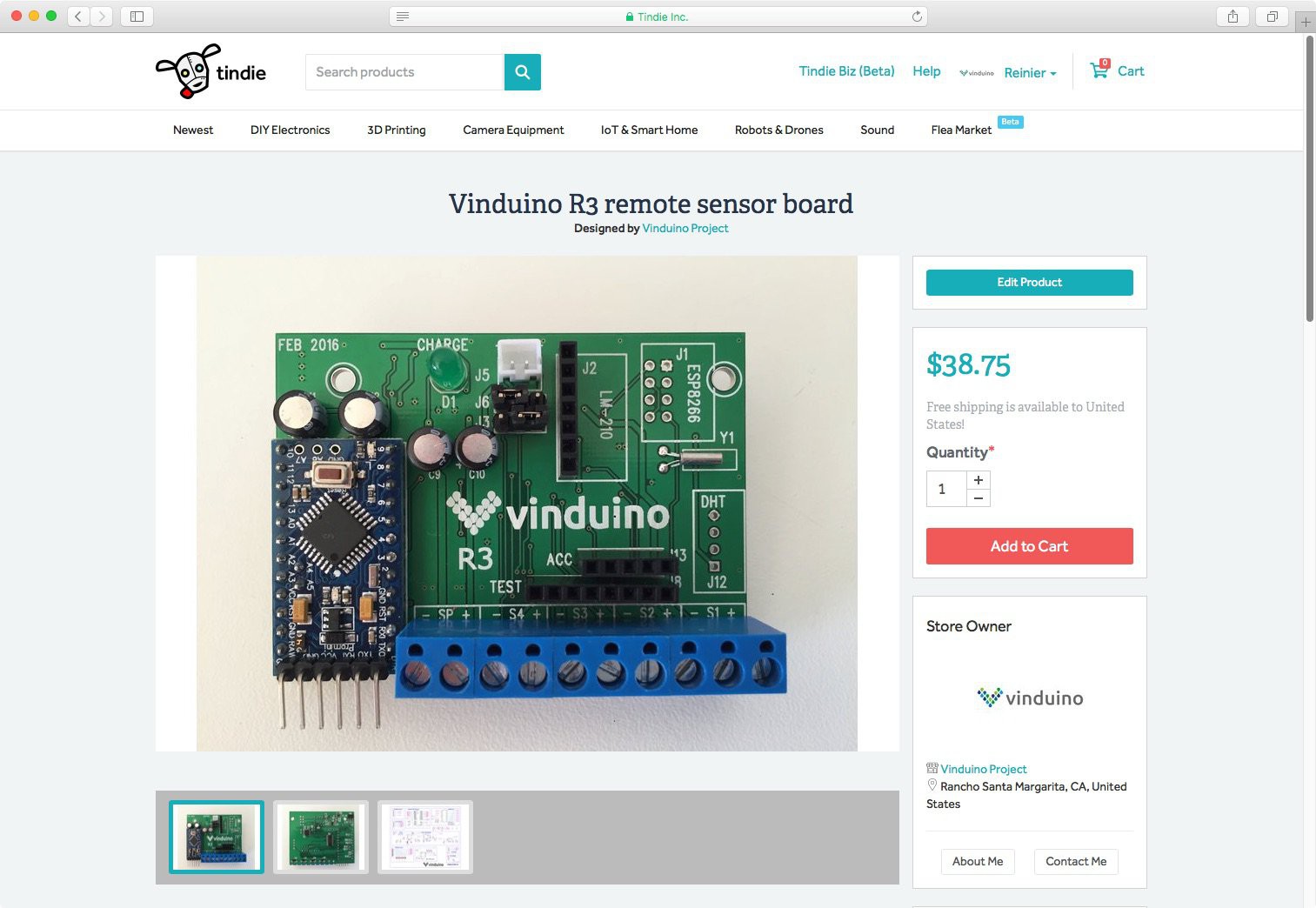
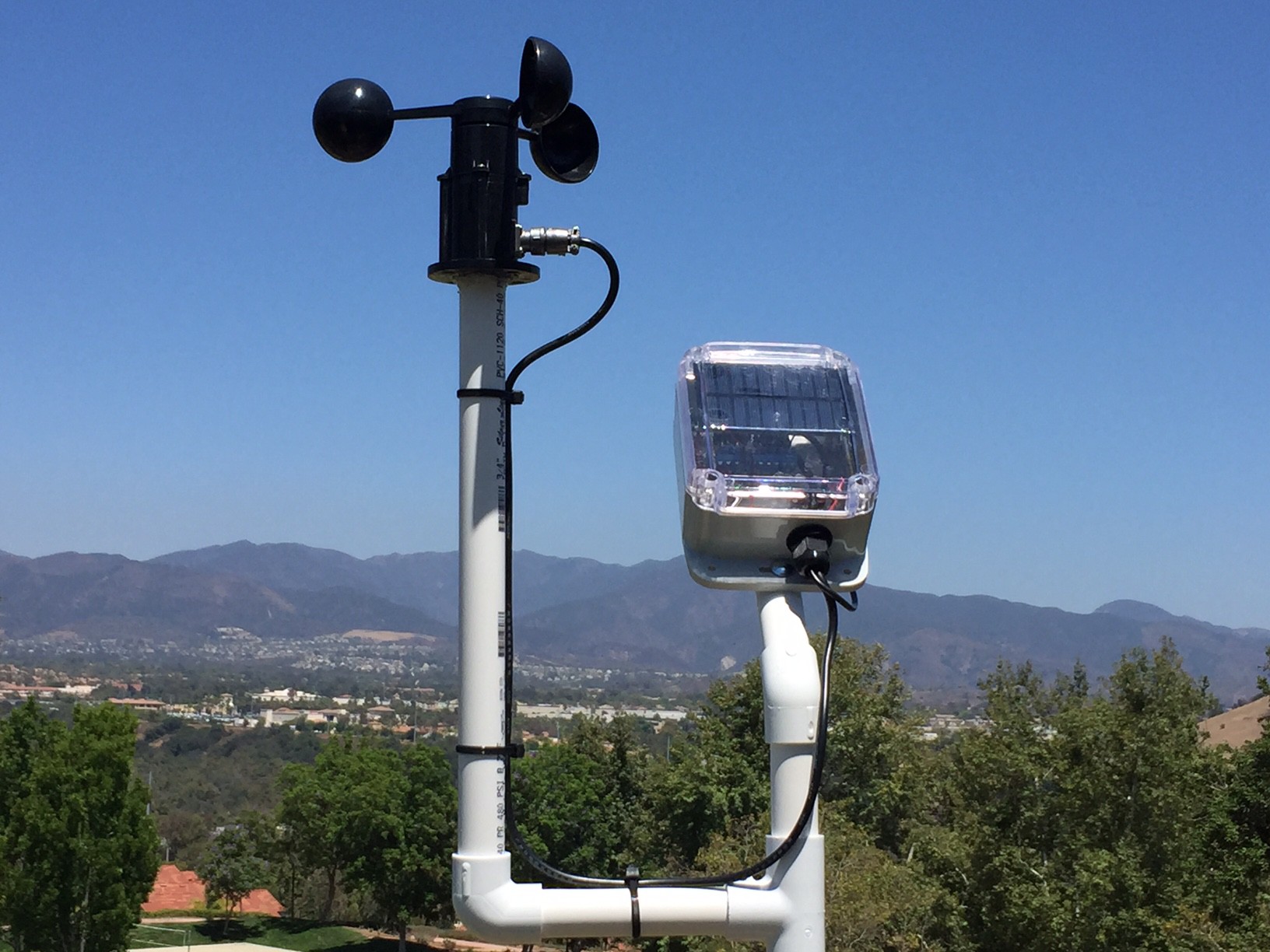
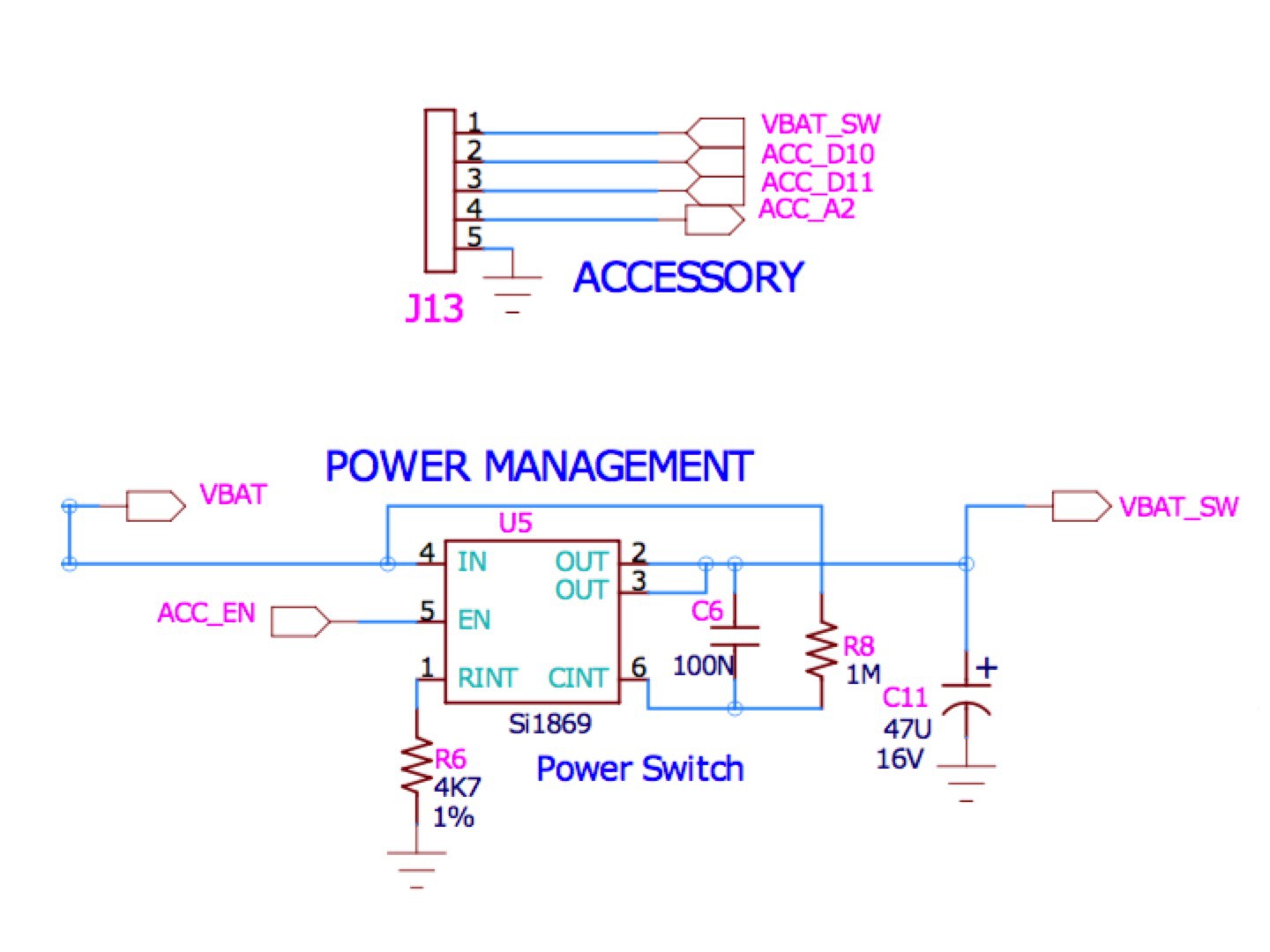
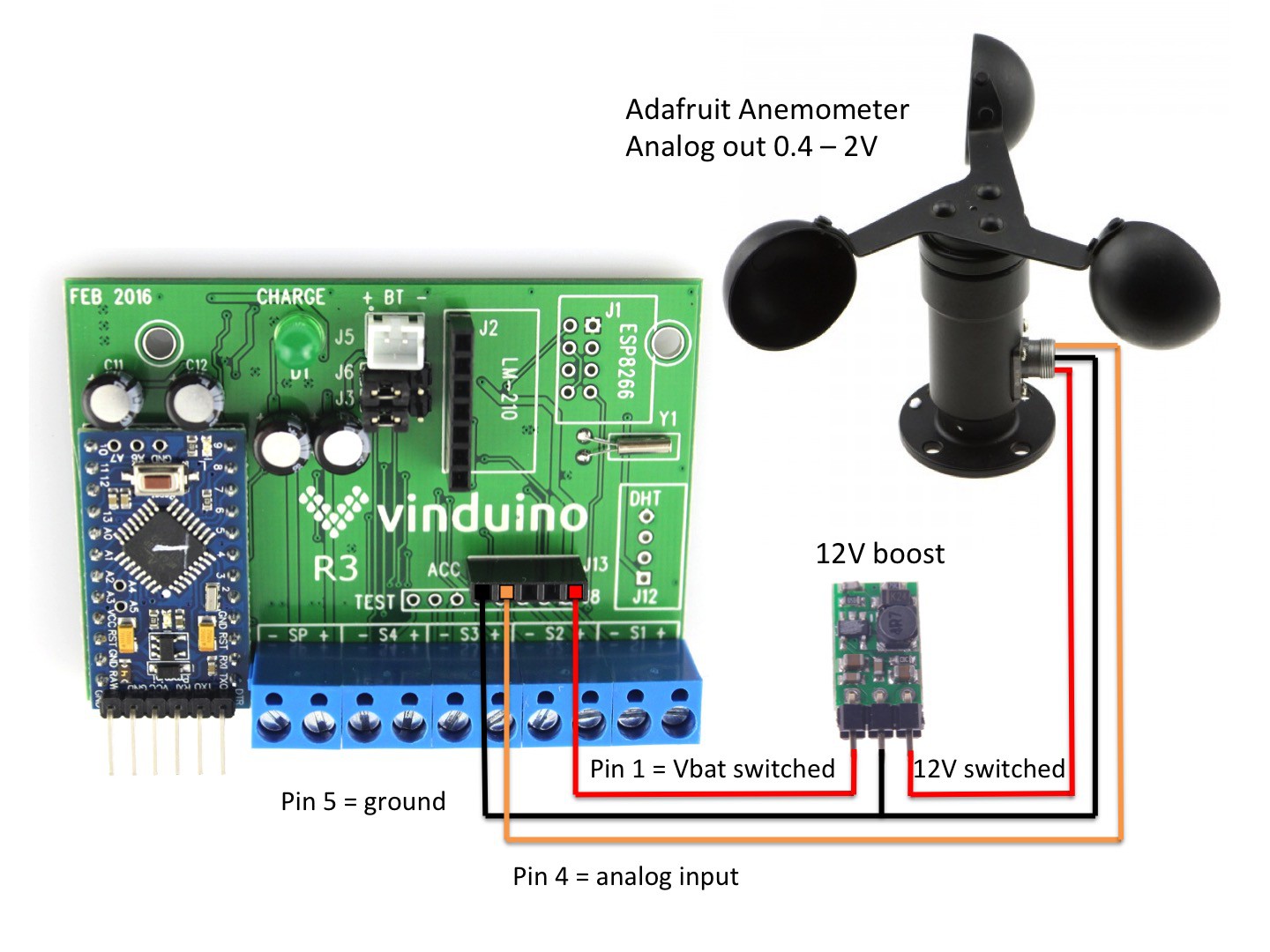
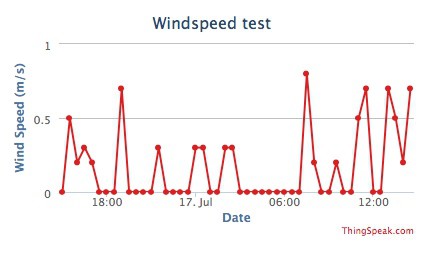
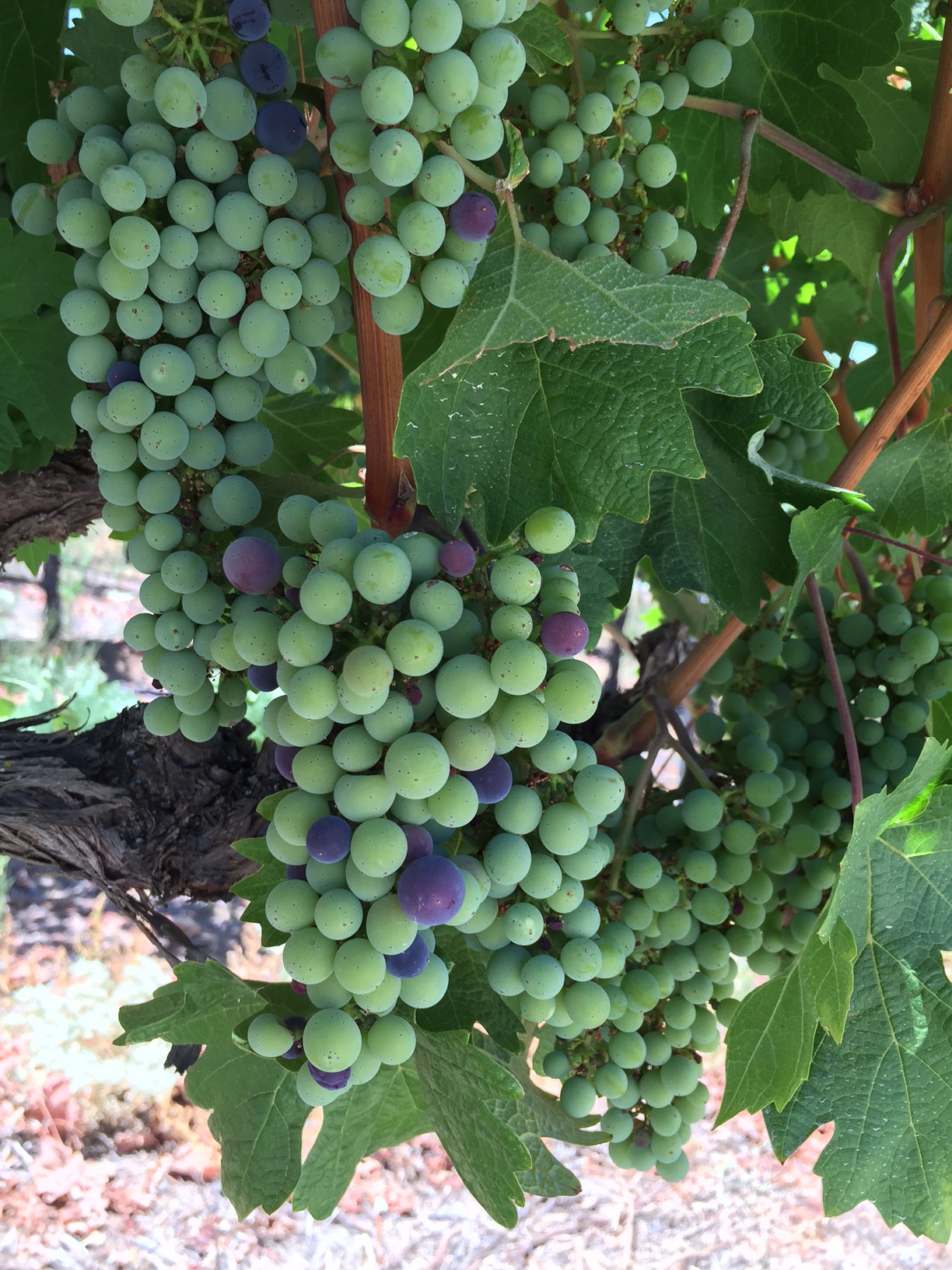
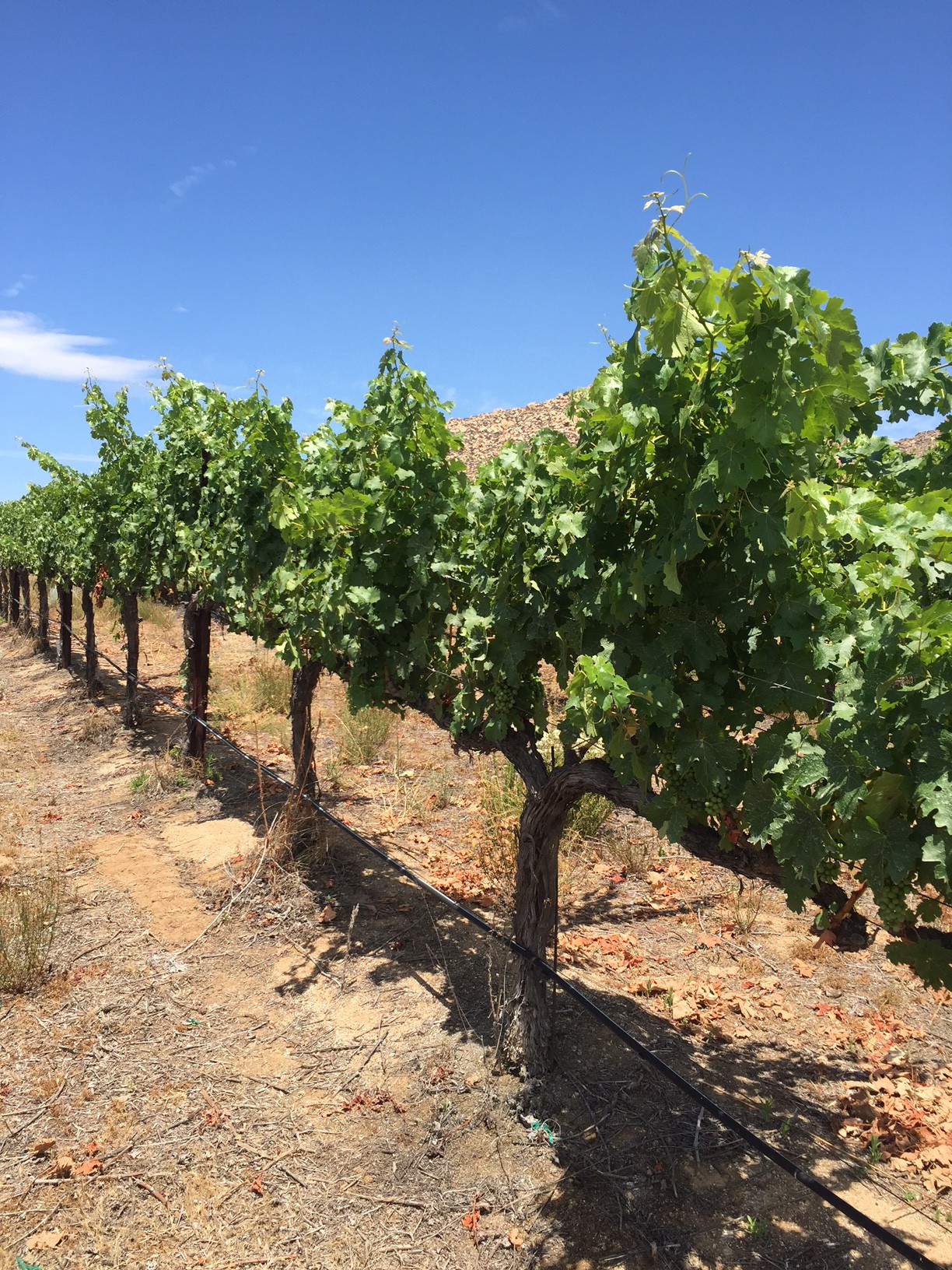
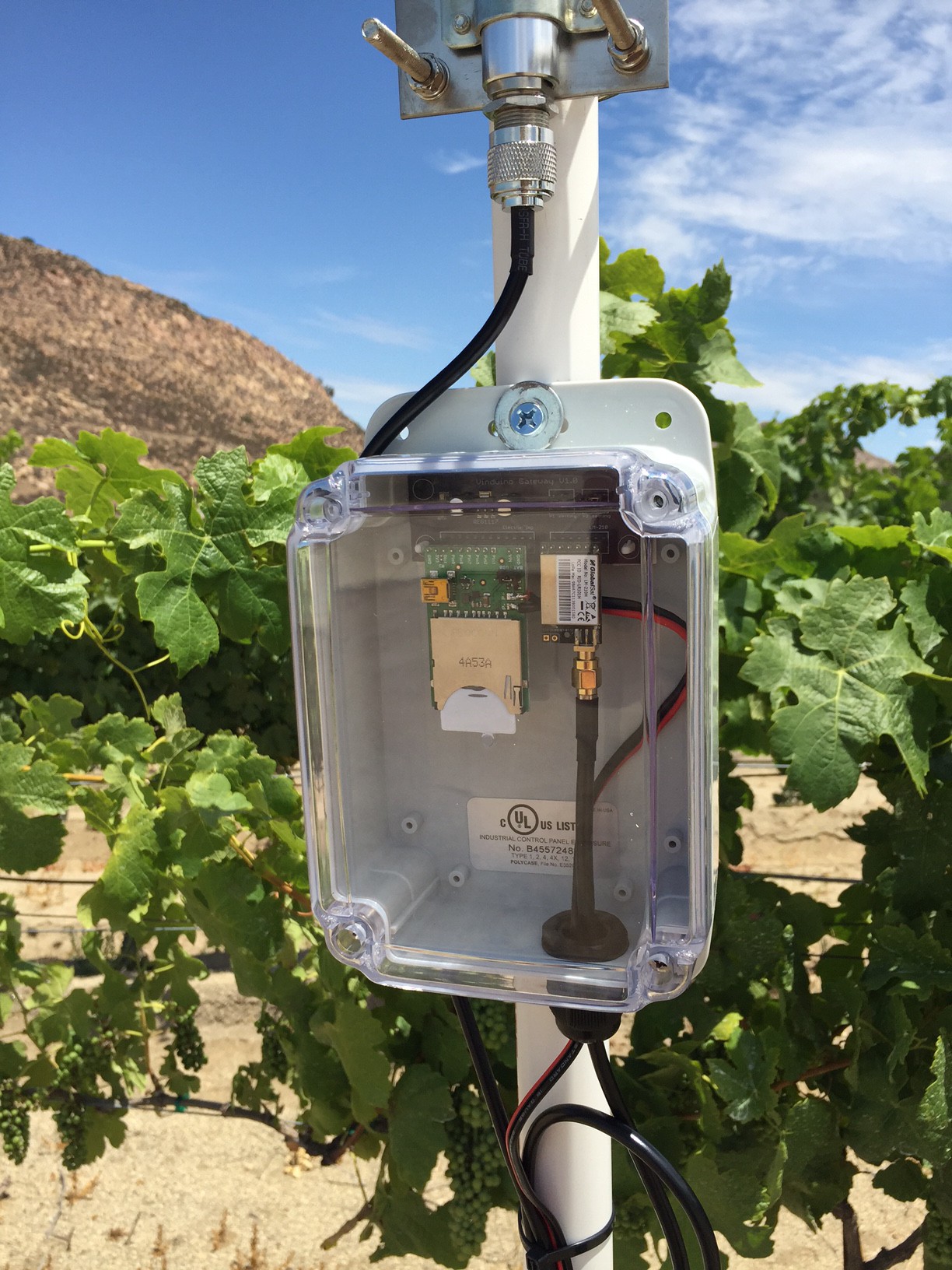
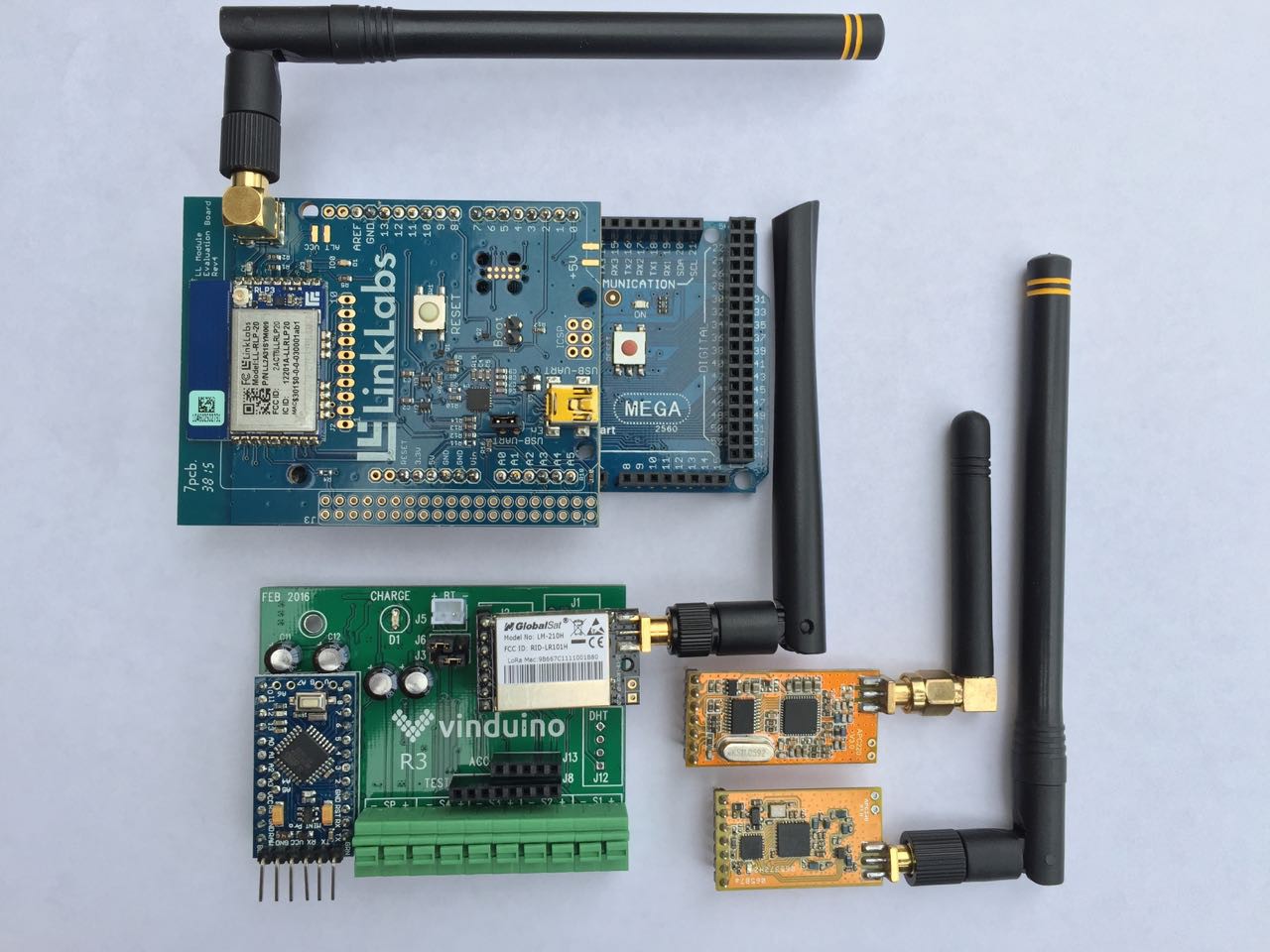
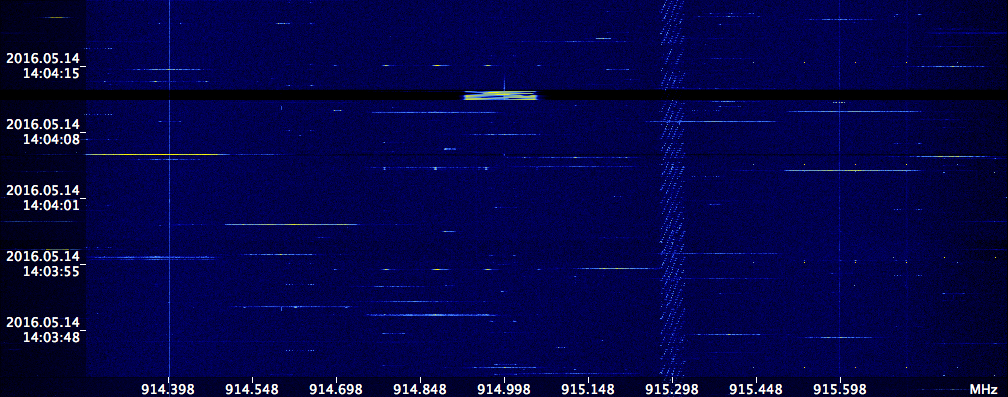
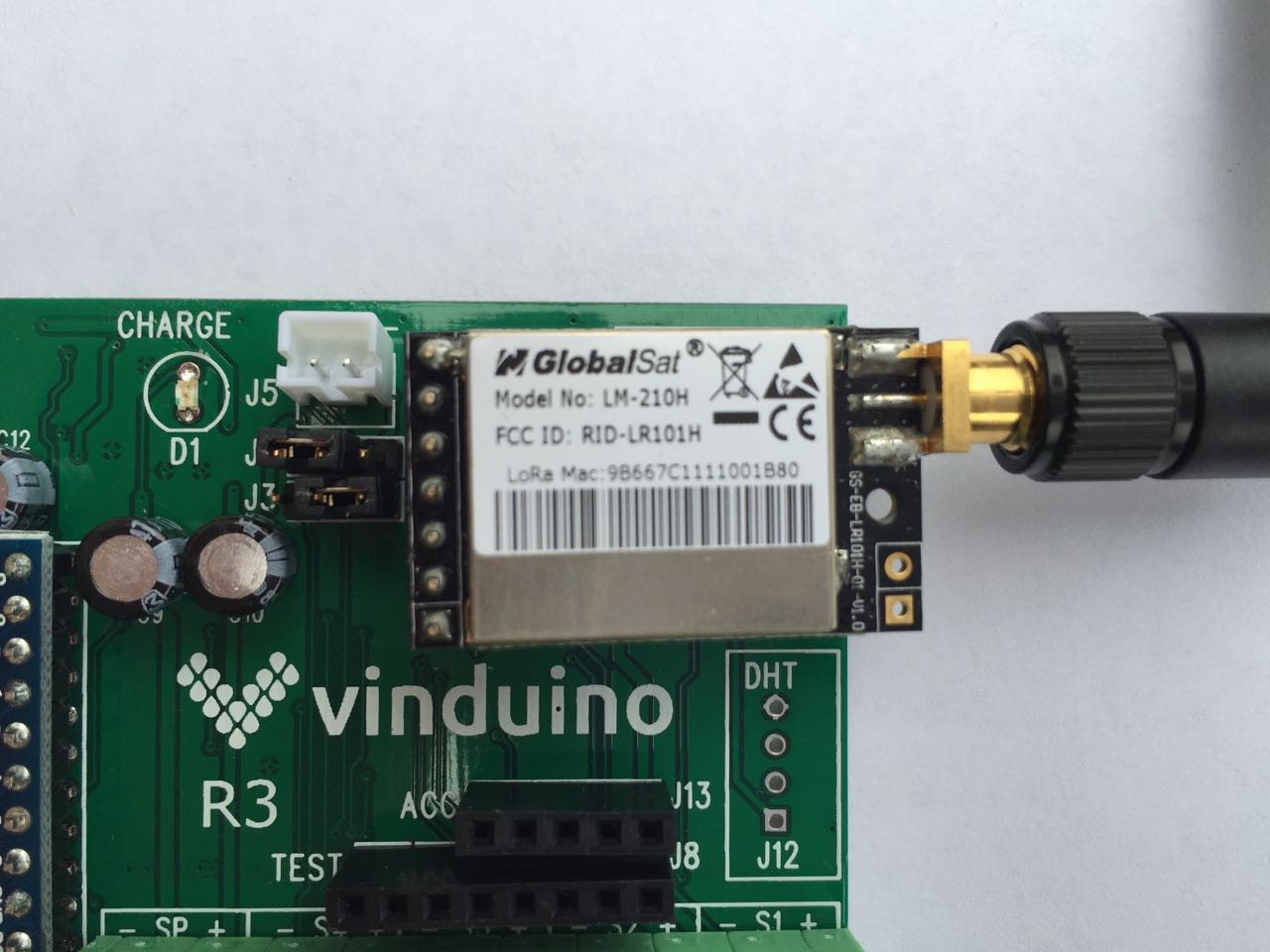
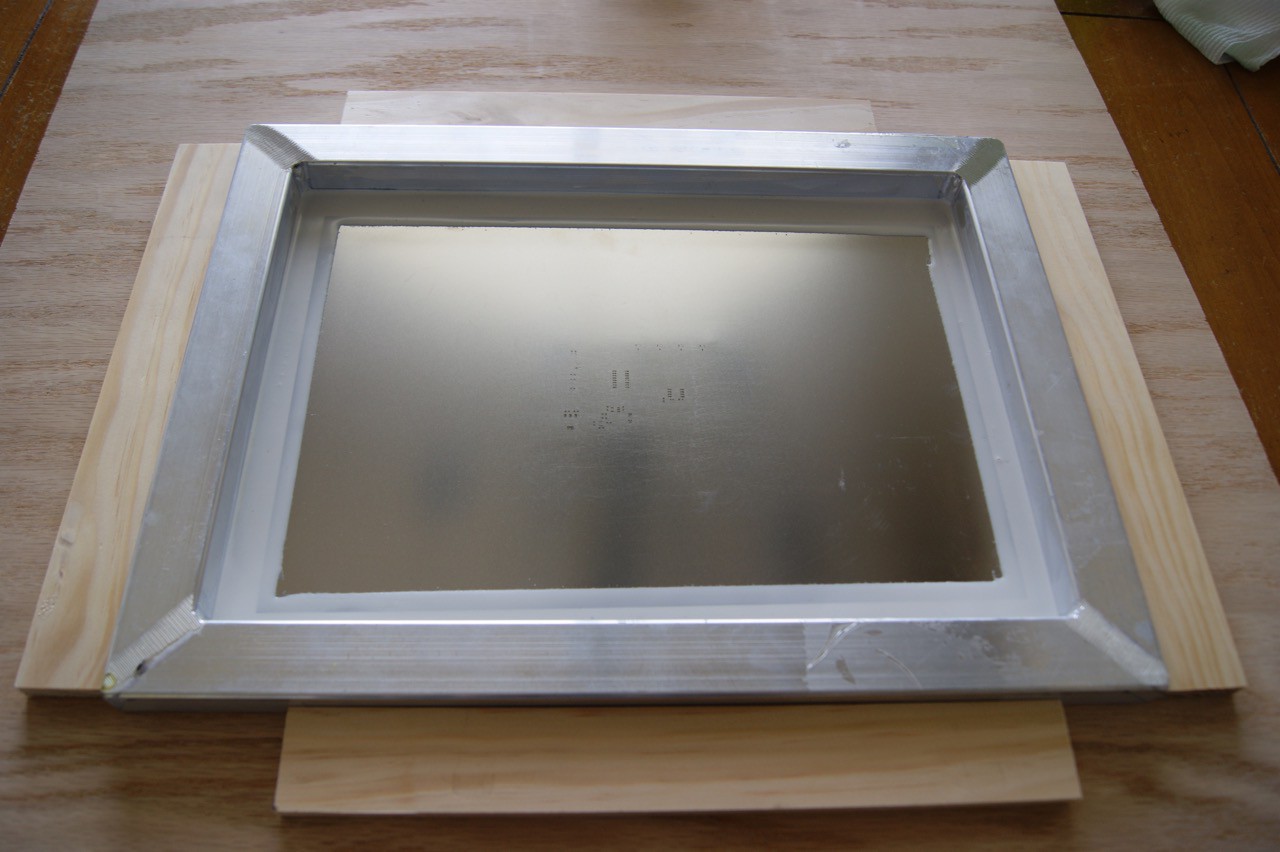

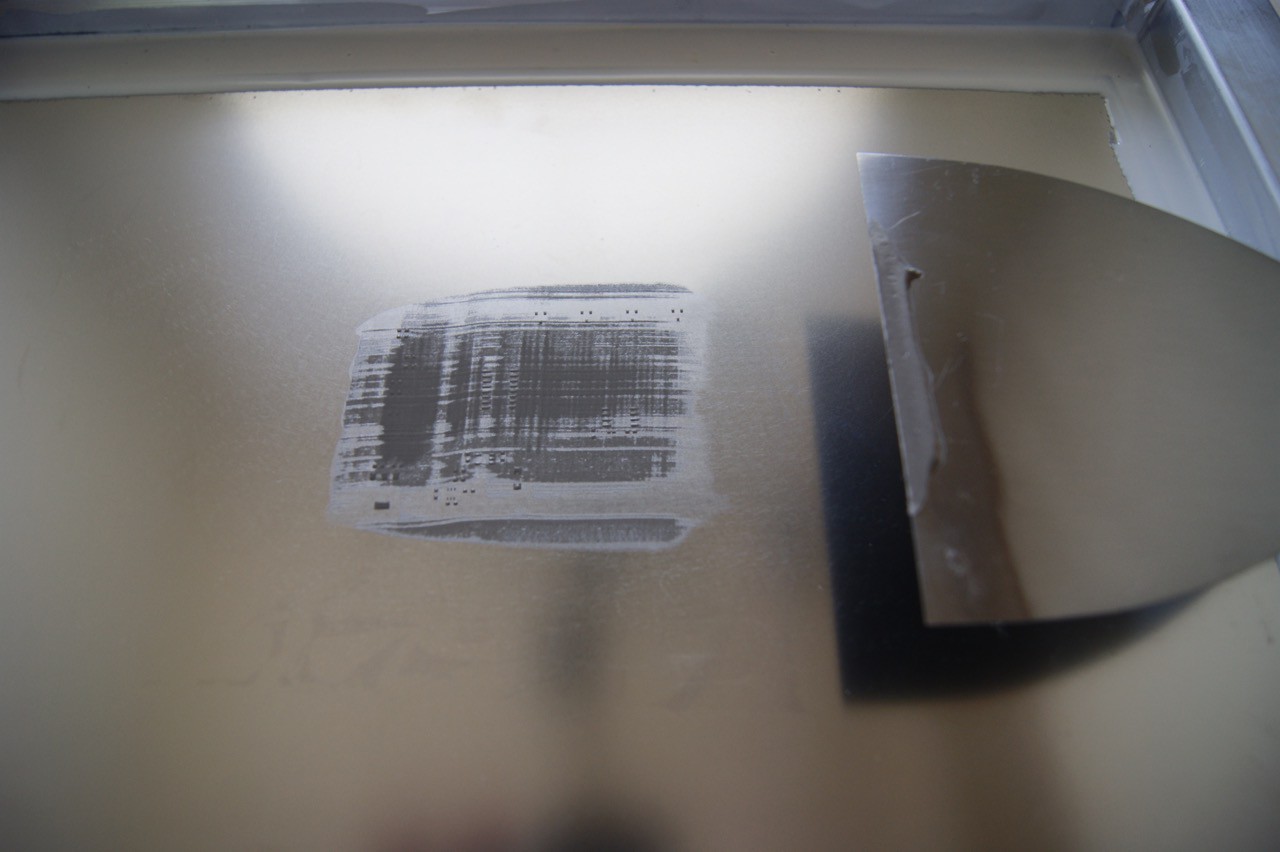
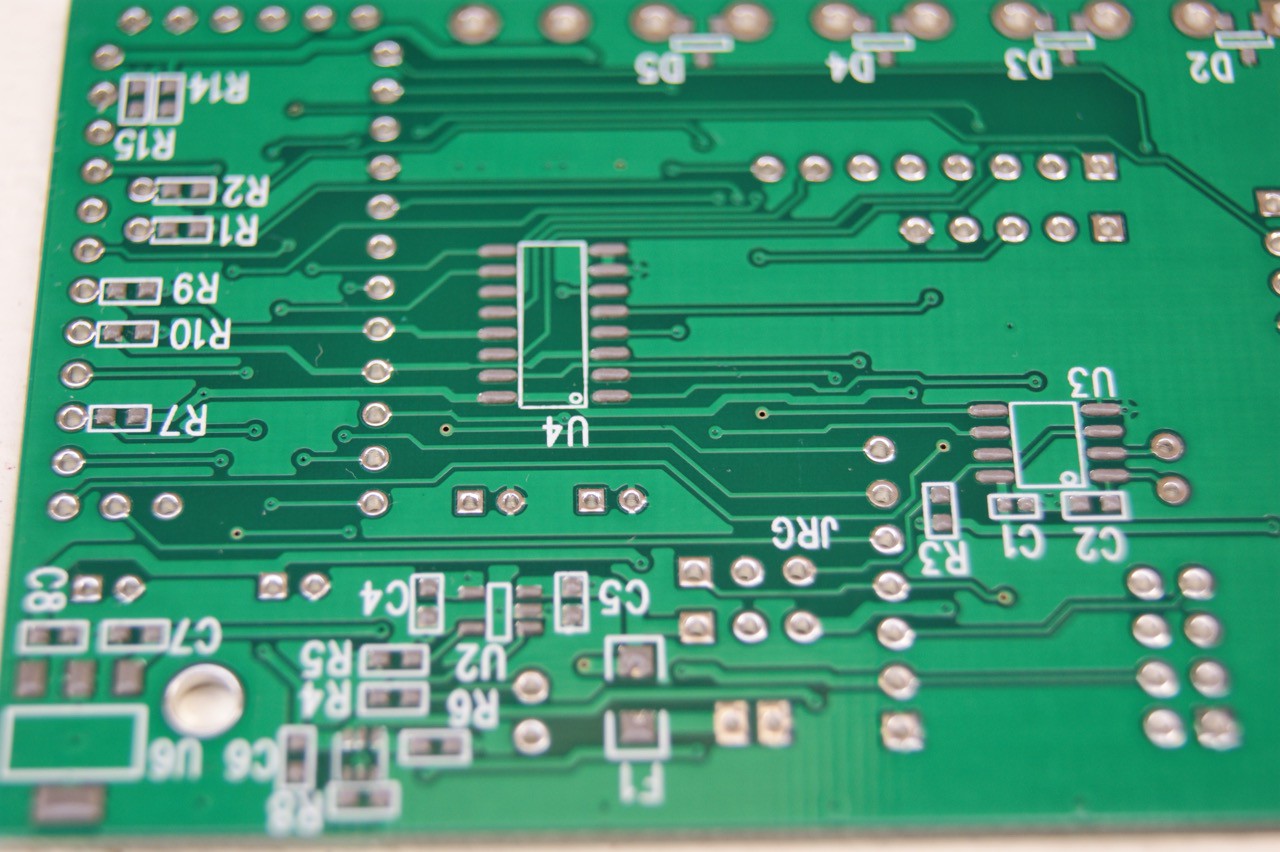
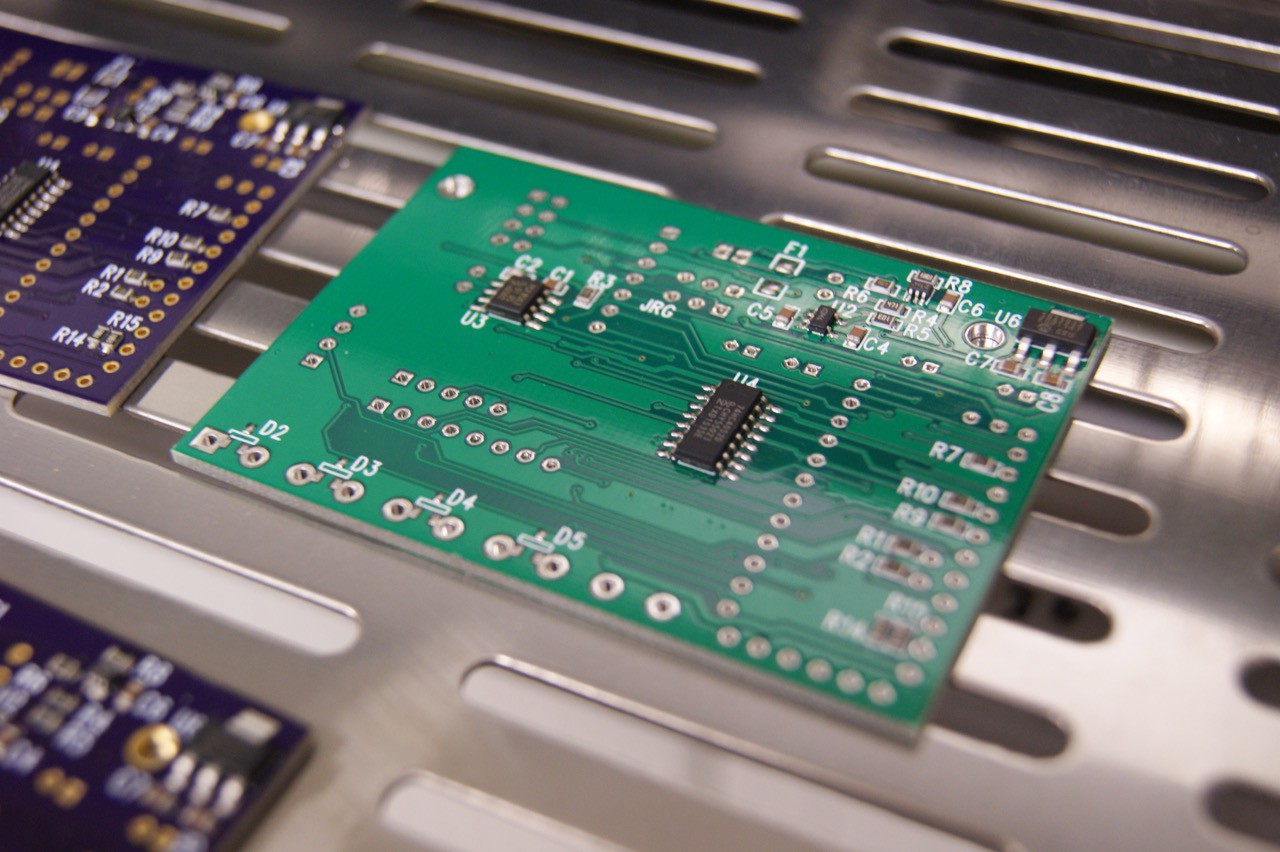
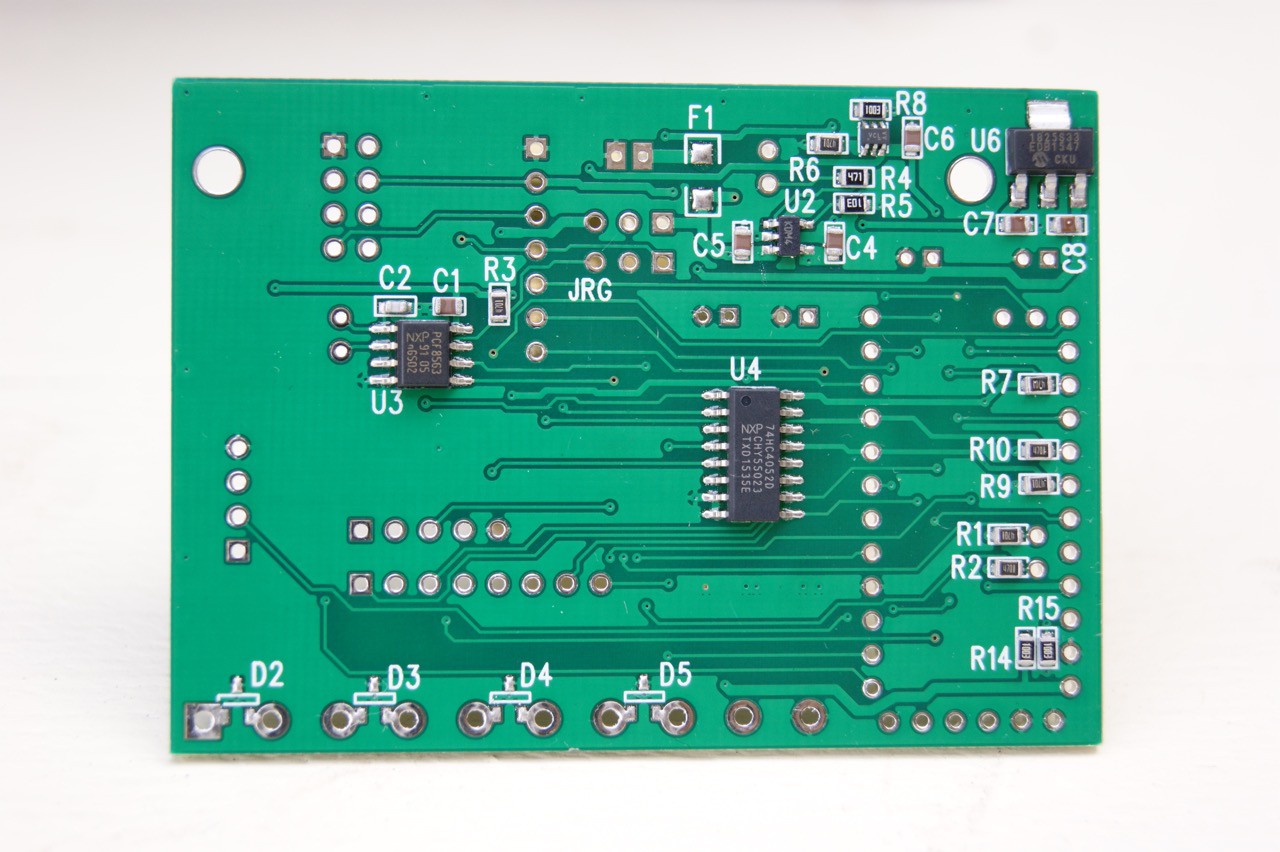
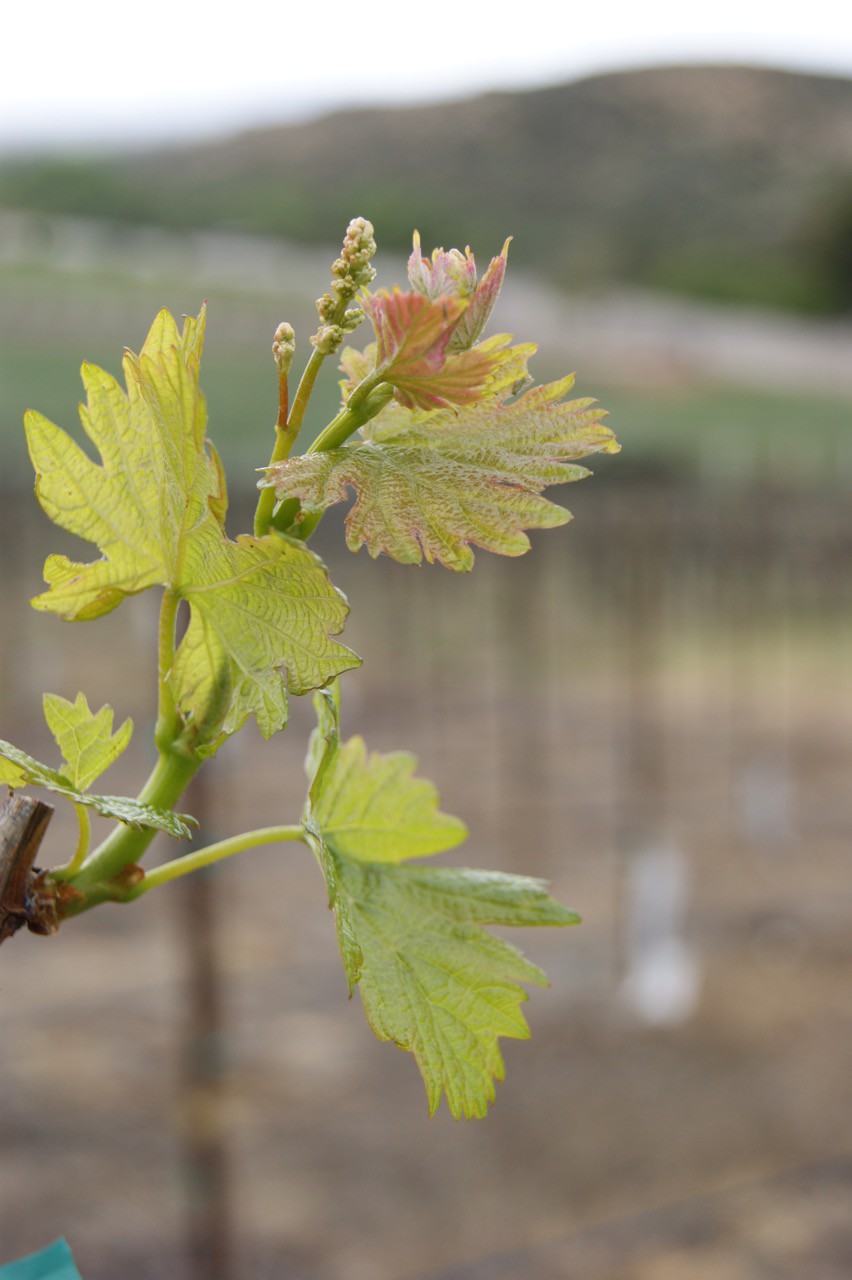
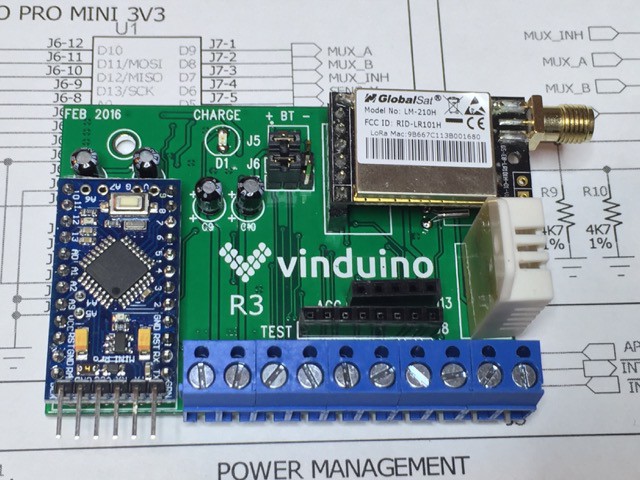
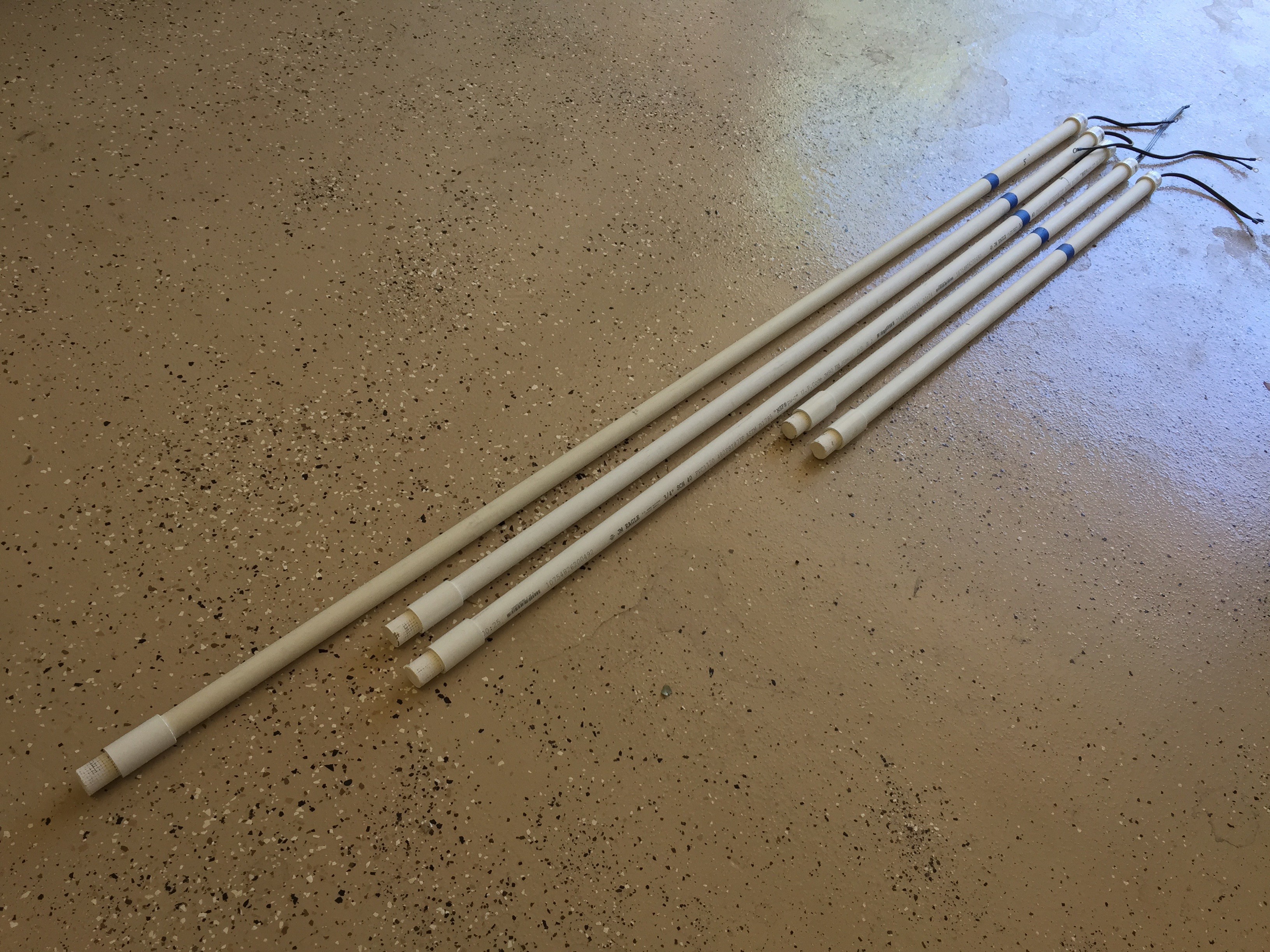
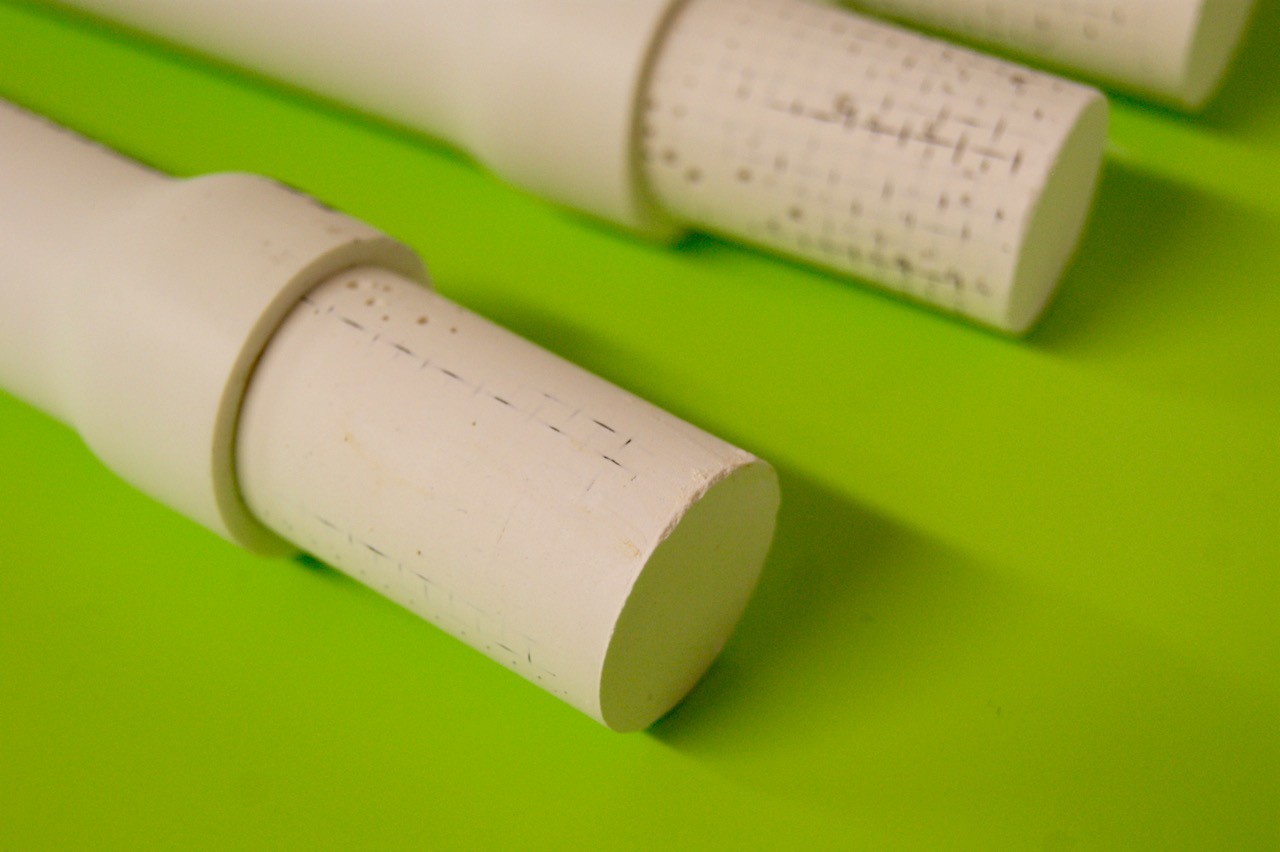
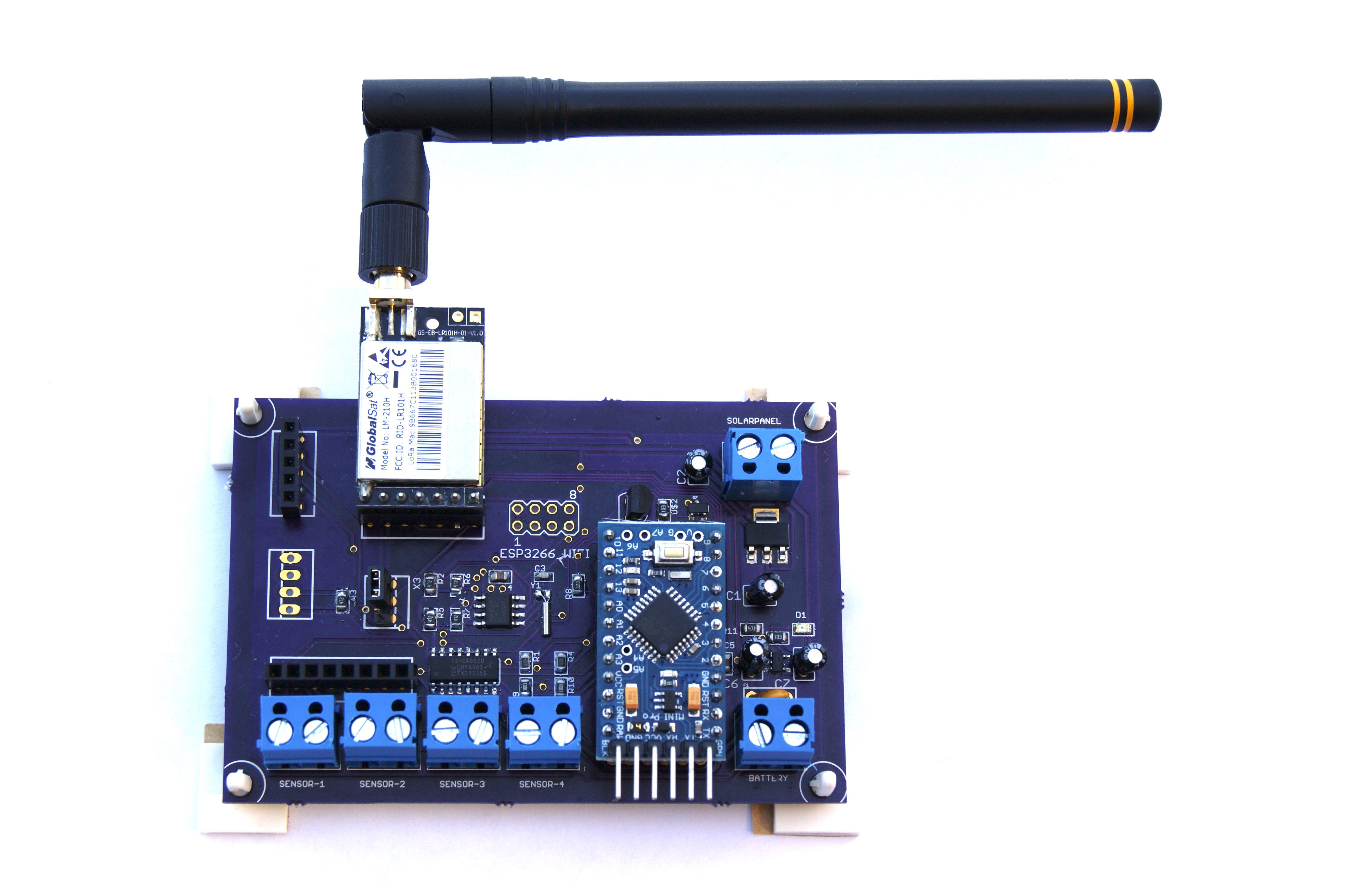
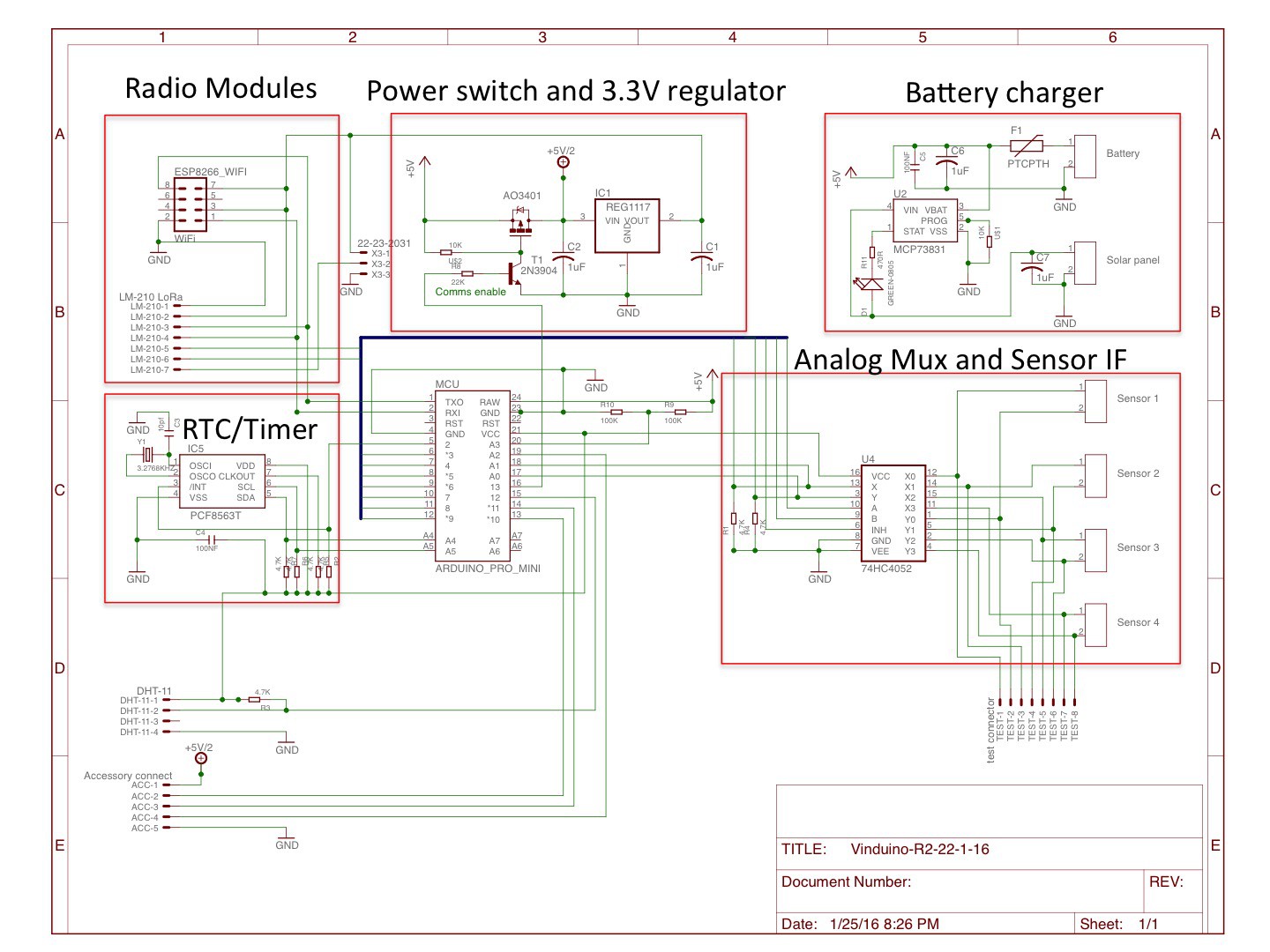
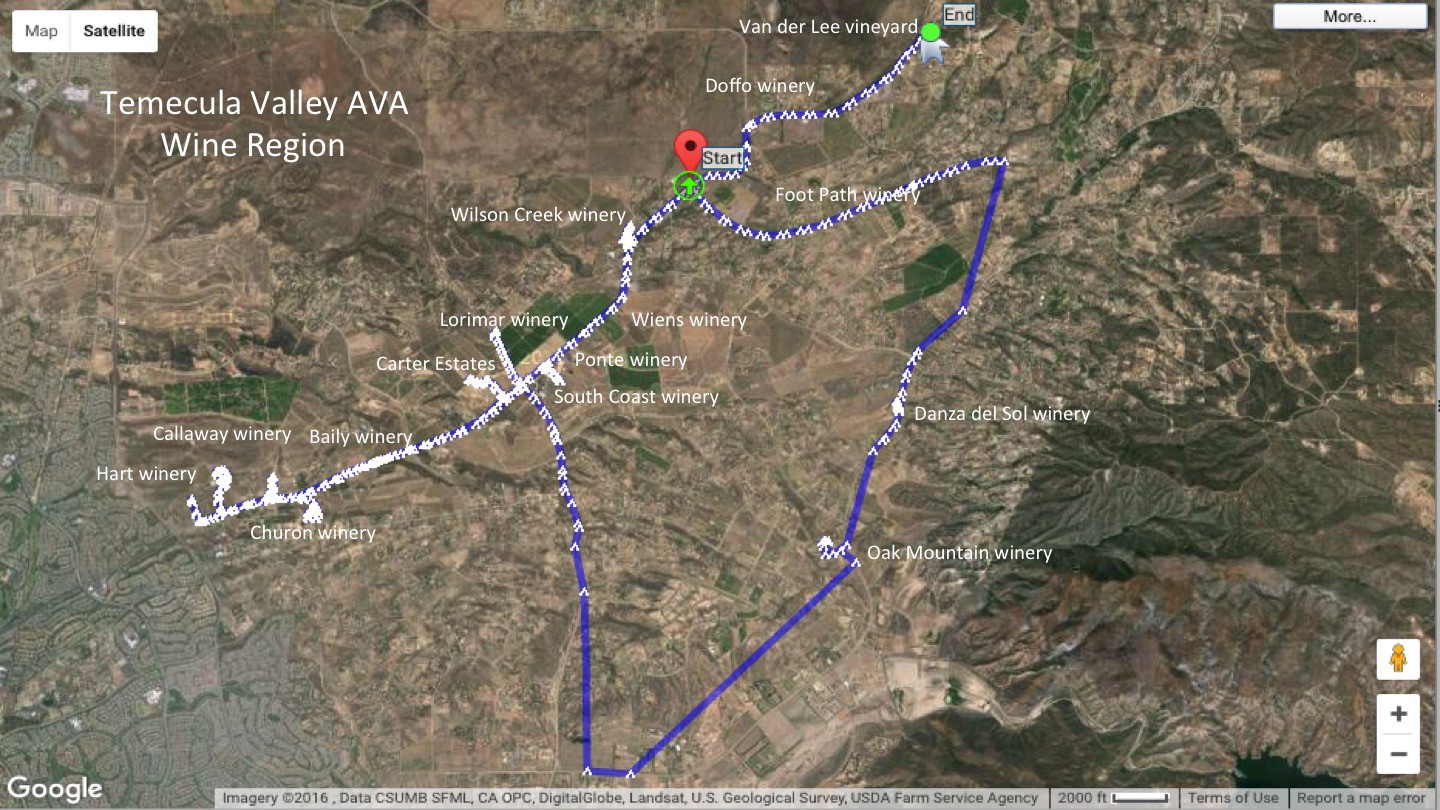
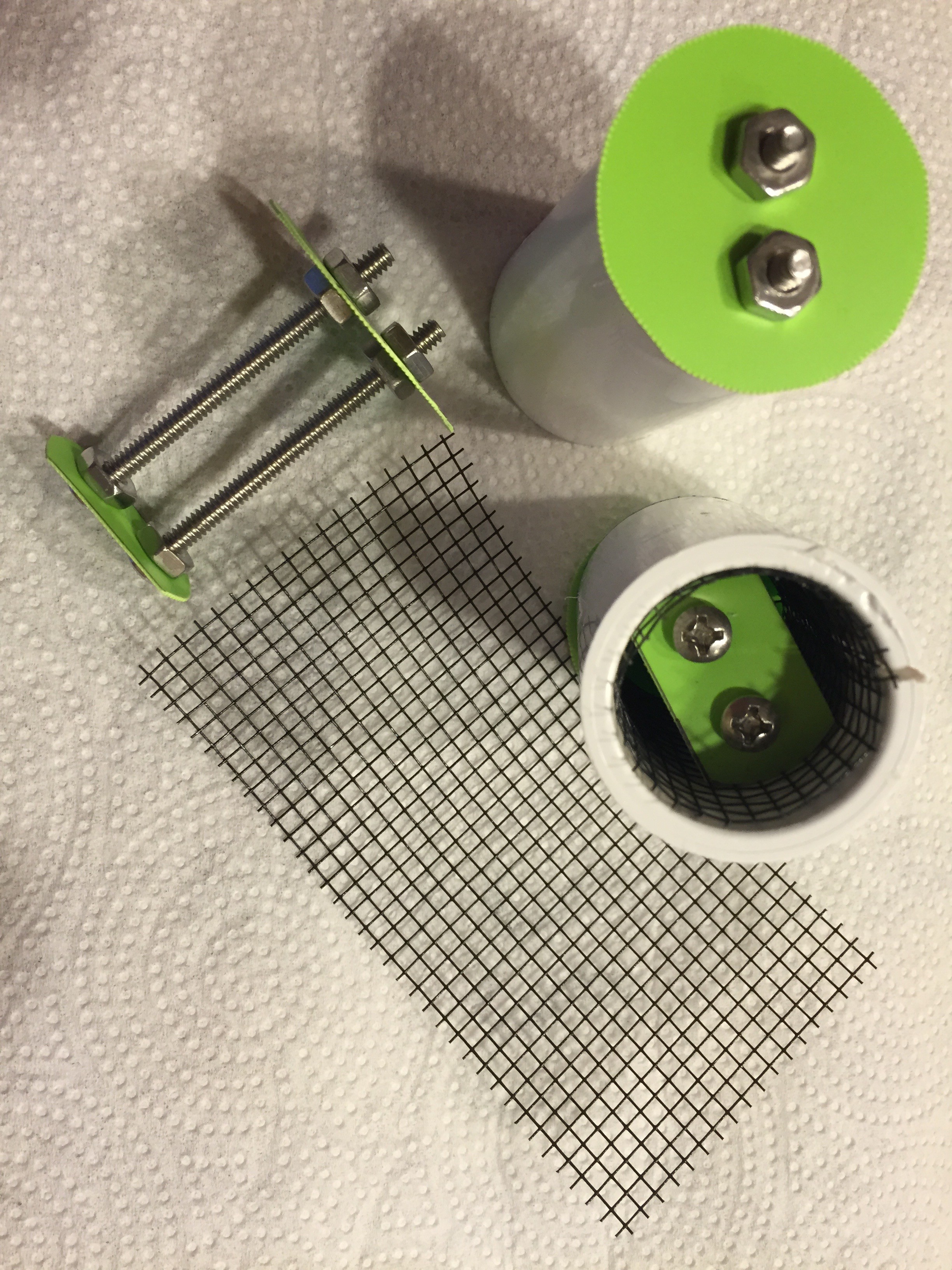



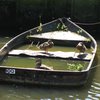





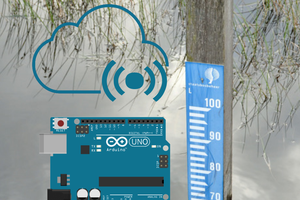
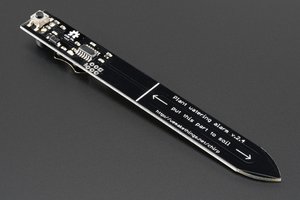
 Valentin Ortega
Valentin Ortega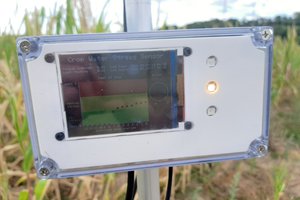
 Florian Ellsäßer
Florian Ellsäßer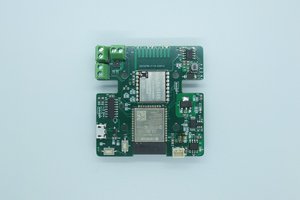
 YJ
YJ
Hello everyone,
I'm a beginner with this subject...
I want to monitor the irrigation in fruit trees with gypsum sensors or watermark and vinduino.I would like to know what I have to do to get water potential data with watermark sensors every hour. My questions are:
- Vinduino reads directly the analog signal from the watermark or needs something else.
- If you do not send the data to a web or server where they can be saved, on a sd card? What would I need to save the data?
- I also found this in Tindie "LD-20H LoRa USB dongle for Vinduino" . What kind of adapter would I need to connect this to vinduino?
- There is some difference if it is used in USA or in Europe (in this case Spain)?
I apologize for my poor knowledge of the subject
Thanks in advance